



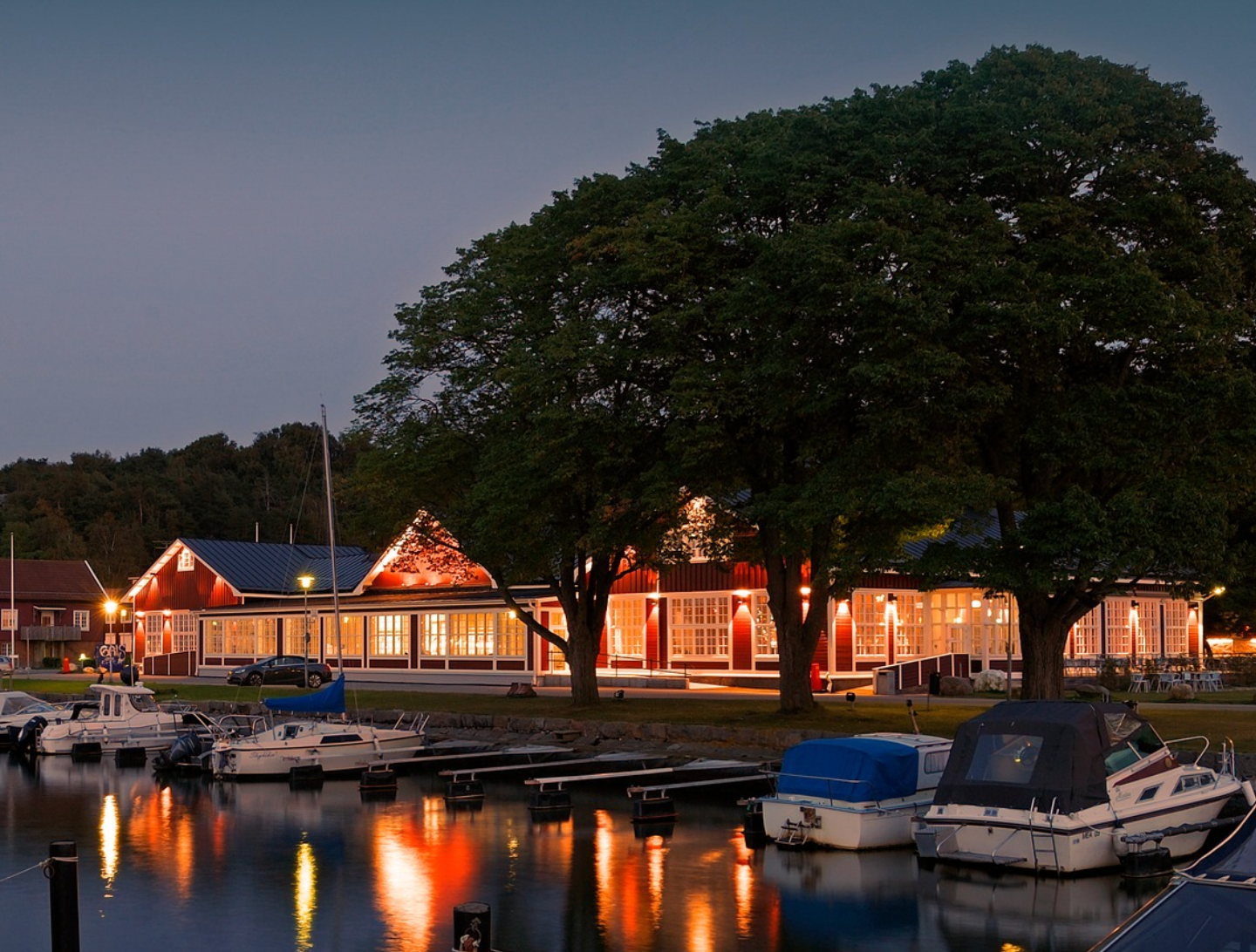
The Marine Innovation Summit is held at Reveljen in Nya Varvet (Gothenburg, Sweden).
57° 41′ 6″ N, 11° 53′ 28″ E
Skeppet Ärans Väg 11, 426 71 Västra Frölunda, Sweden
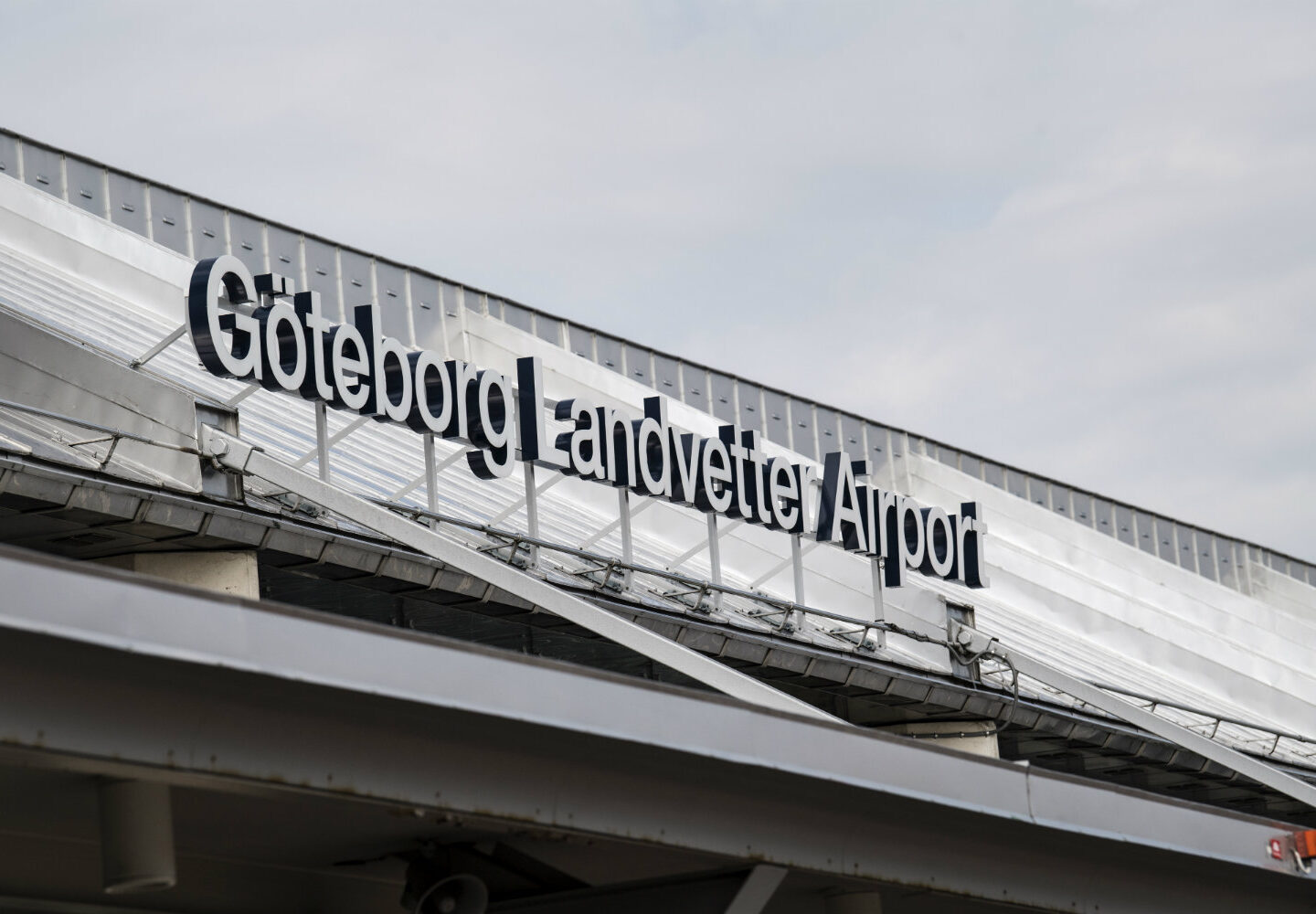
The closest Airport is Gothenburg Landvetter Airport. From the airport it is 35 km transfer to the Marine Innovation Summit area.
Taxi takes around 30 minutes and costs approximately €60
There is a bus stop outside the airport which takes you in to Gothenburg City Center. From there it’s possible to take a bus or train. Public transfer takes approximately 90 minutes Find your route here
The nearest hospital is Sahlgrenska Hospital. Moire info and event safety is provided on site for any emergency situations.
For everyone to get time with the equipment in and out of water the event is limited to 150 persons. Maximum 2 persons per unit or company.
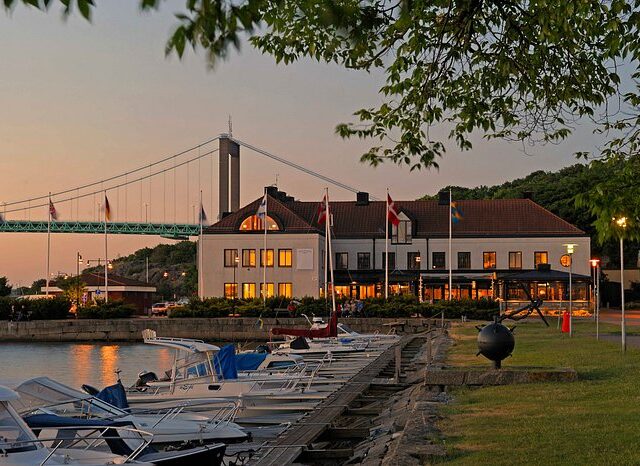
Dockyard Hotel is 150 meters from the venue and has a good room standard.
When booking use code “MIS2025”
Dockyard Hotel
Skeppet Ärans Väg 23
426 71 Västra Frölunda
Sweden
Phone: +46 31 85 70 20
Mail: info@dockyardhotel.se
To plan your arrival & departure please have a look at the Program.
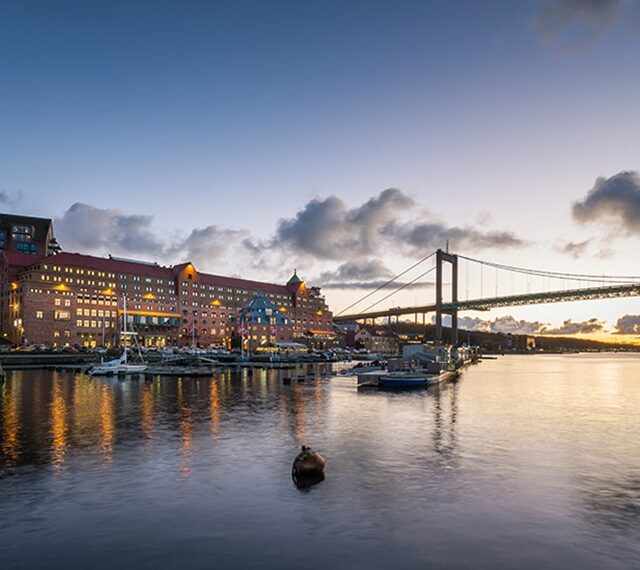
Quality Hotel Waterfront is 1.5 km from the venue, it’s a nice walk along the riverside between the Hotel and the Summit.
When booking, use code: Event15 and you will get a discount of 15%.
Quality Hotel Waterfront
Adolf Edelsvärds Gata 10
414 51 Gothenburg
Sweden
Phone: +46 31 720 22 00
Mail: q.waterfront@choice.se
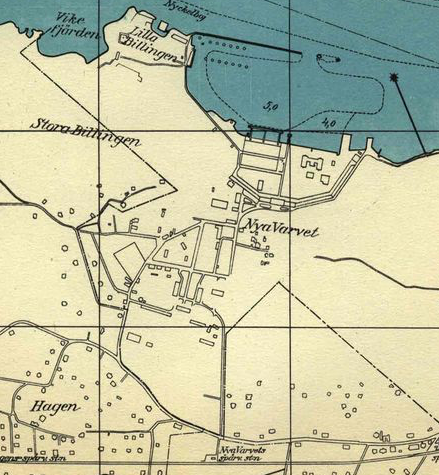
The area where the Marine Innovation Summit is being held is located at the mouth of the Göta River. This was used as a naval port around the year 1700, in connection with the outbreak of the Great Nordic War.
In the final phase of the war, in 1717 and 1719, the naval harbor was exposed to attacks by Danish warships under the leadership of Vice Admiral Peter Tordenskjold.
Later in the 18th century, the area was mostly used for mooring, but parts of the Army’s fleet were based here. In connection with the Napoleon Wars at the beginning of the 19th century, the defense of the area was strengthened, and new buildings were erected. Afterwards, there was a slow downsizing of the business, and the area was handed over to the Prison Service Board in 1870 to be used as a prison.
After the dissolution of the union with Norway in 1905, the area again gained increased importance, and during the two world wars there was a further expansion of military activities. After a parliamentary decision, the area was sold to civil stakeholders in 1985.
Today, there are various types of civilian activities in the area.